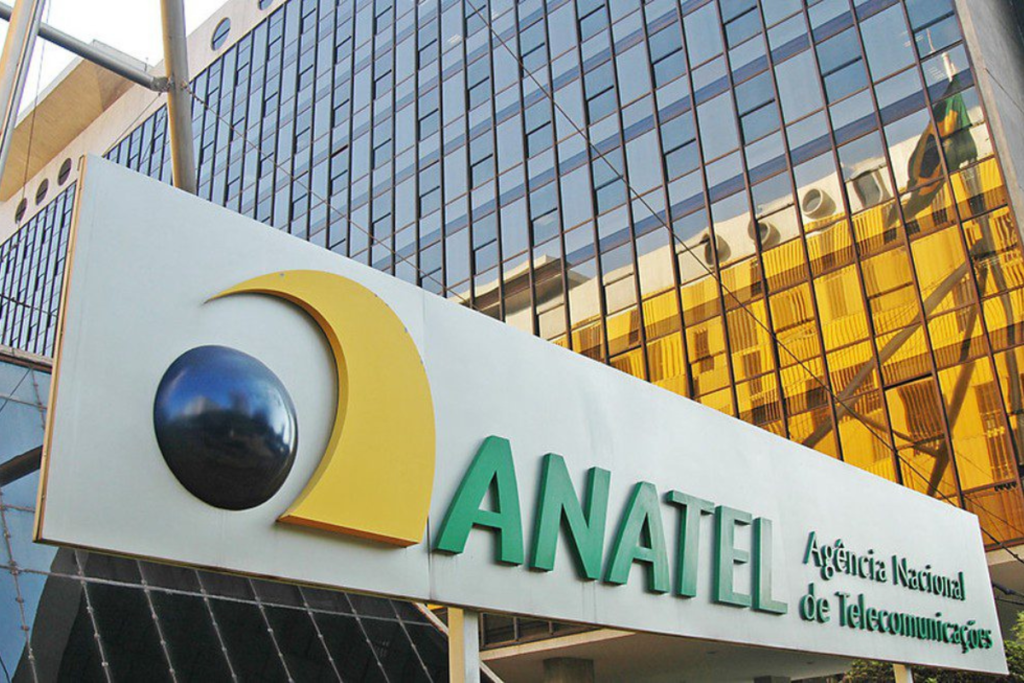First, it is essential to highlight that, after eight years of challenges and twists and turns, Anatel has finalized the auction of frequencies from 1.9GHz to 2.5GHz. The decision, taken in December of last year, marks a significant turning point in the Brazilian telecommunications sector.

Highlights
- Anatel concludes frequency auction with partial revocation.
- Significant impact on internet providers and telecommunications sector.
- Flexibility of penalties and adaptation to new market demands.
First of all, it is worth noting that the unanimous decision of the Board of Directors of Anatel, led by Artur Coimbra, aimed to partially revoke tender number 02/2015. With the purpose of restructuring the use of the spectrum, the measure canceled the public call launched three years ago, adapting to the new market realities.
Anatel's 2015 initiative initially aimed to democratize access to the radio spectrum, especially for regional internet providers. However, despite its efforts, the TDD (Time Division Duplexing) technology adopted presented significant challenges, especially for small providers.
Read more:
- The Swapery: The 7-Second Revolution in Cell Phone Recharging
- Infinix's Color-Changing Phone at CES 2024
- 5 Amazing Tips to Protect Your Mobile Banking App
- “Do Not Disturb” and “Secure Cell Phone”: Game-Changing Innovations for Privacy in Brazil
Adapting to New Market Demands
It is important to recognize that the global spectrum reality is dominated by FDD technology. Thus, Anatel, in response to significant spectrum returns by providers, has chosen to relax its penalties. This decision certainly reflects a necessary adaptation to the current demands of the sector.
Ultimately, the conclusion of this auction is not only the end of a long process, but also the beginning of a new chapter in the history of telecommunications in Brazil. As a result of this strategic decision, Anatel paves the way for new strategies and approaches, aligned with the current and future needs of the sector. After all, this moment is a milestone, not only because of its conclusion, but because of what it represents: constant evolution and adaptation in an increasingly connected world.




Thanks for sharing. I read many of your blog posts, cool, your blog is very good.